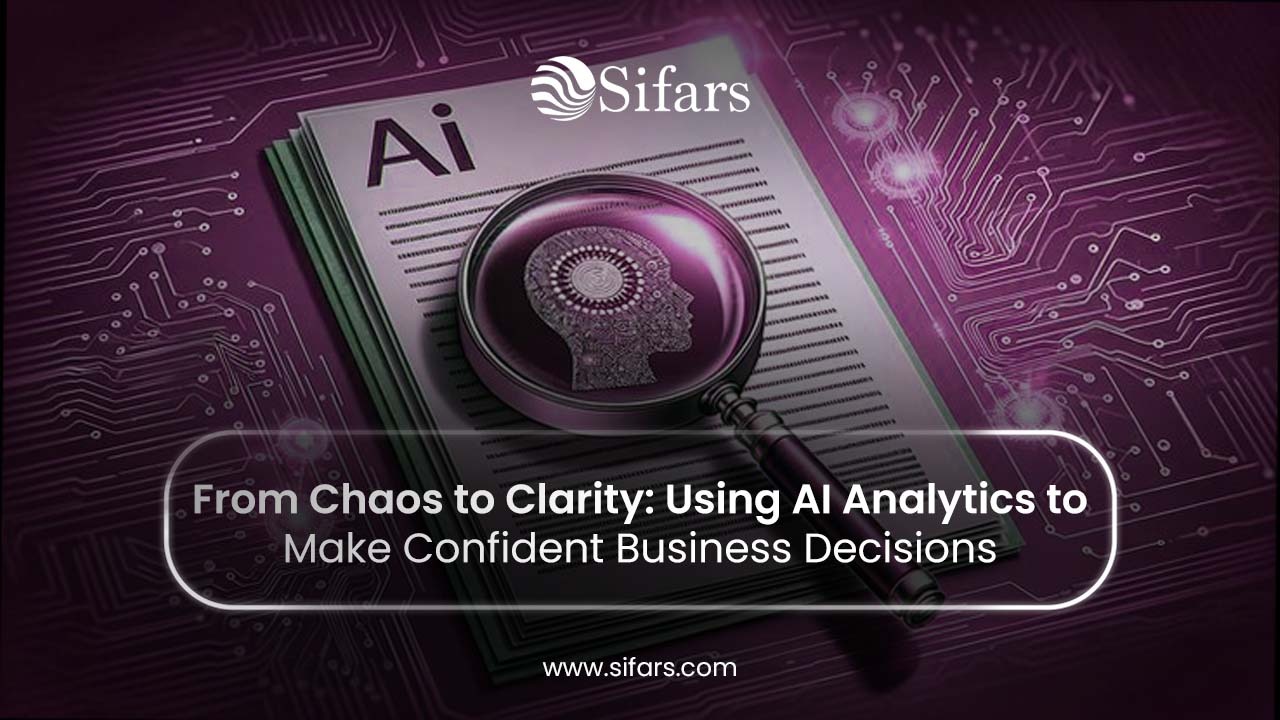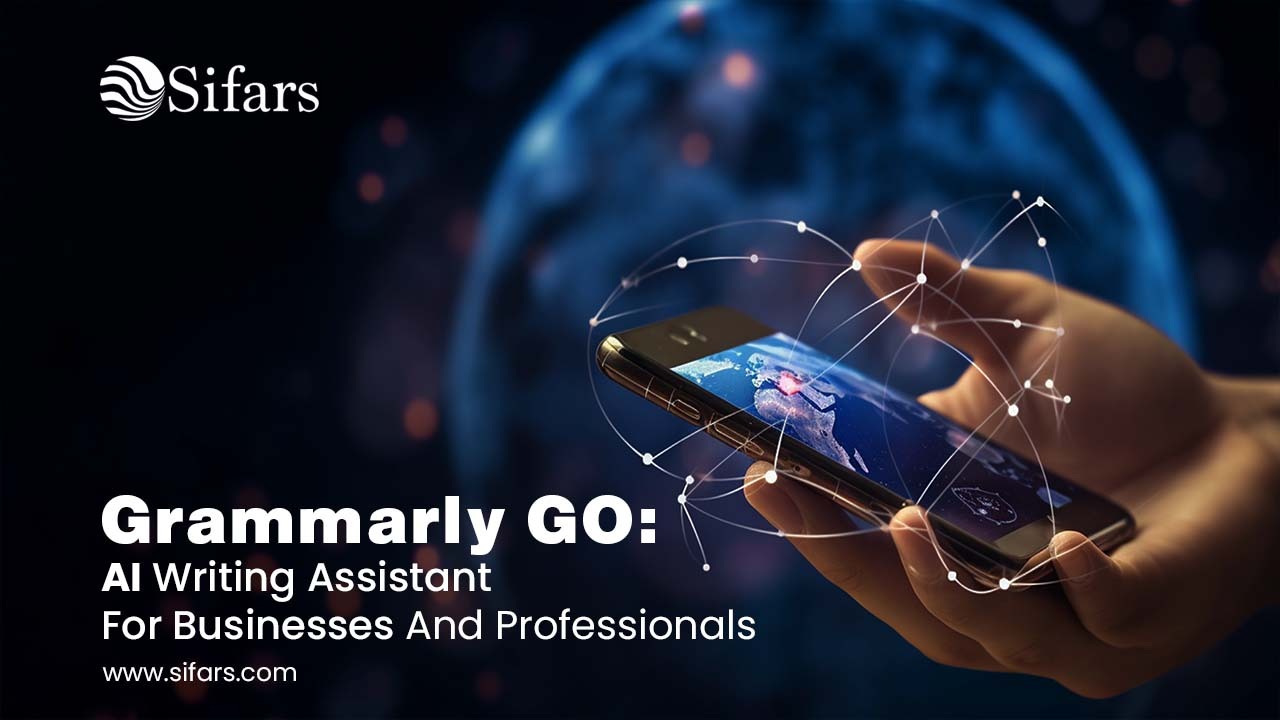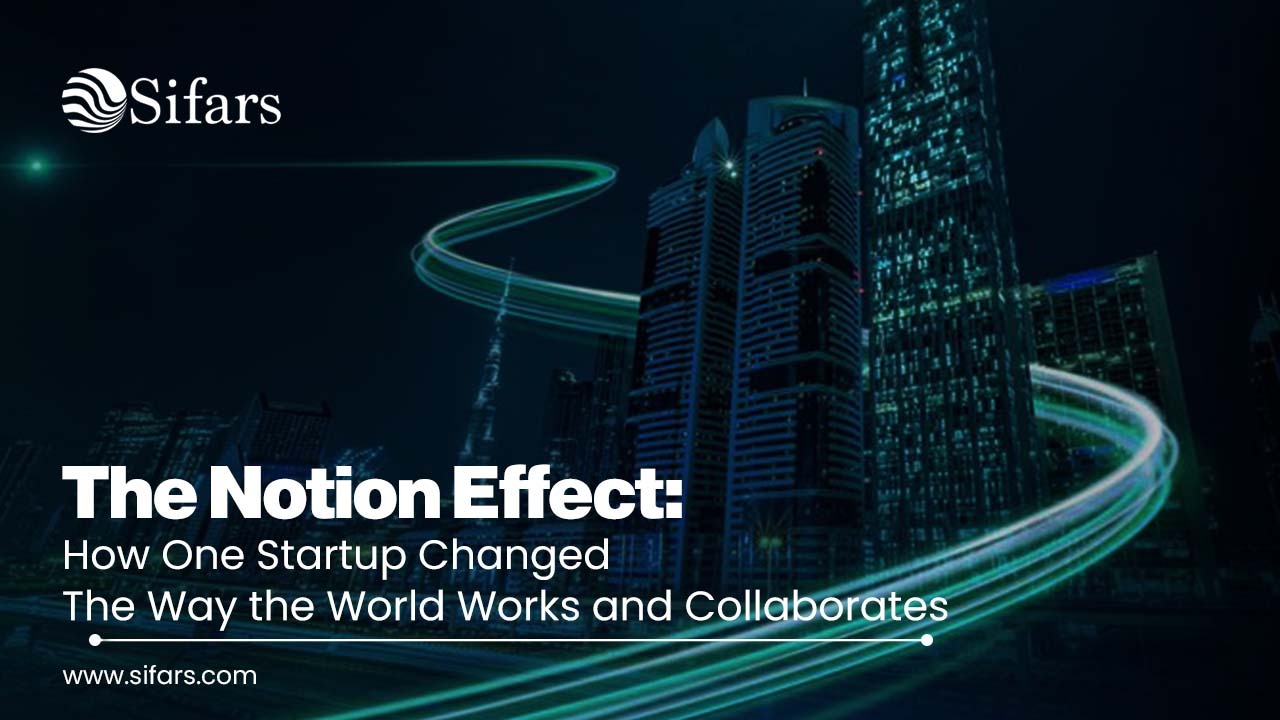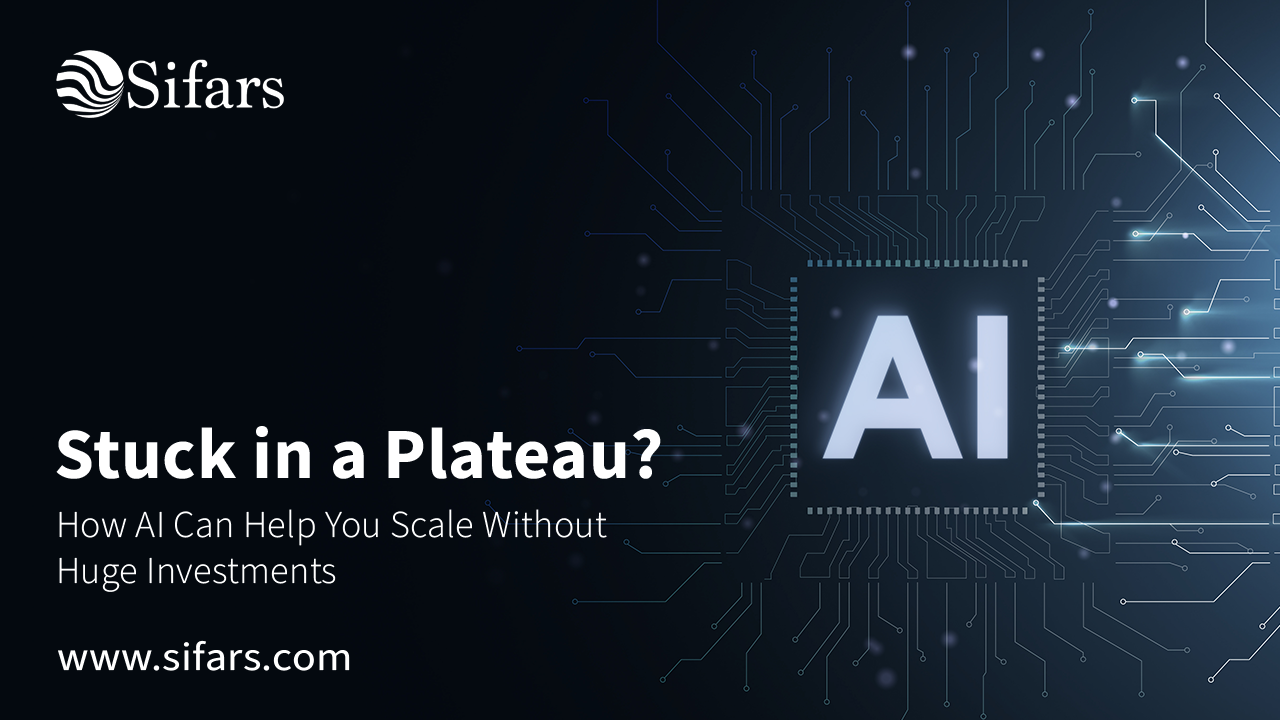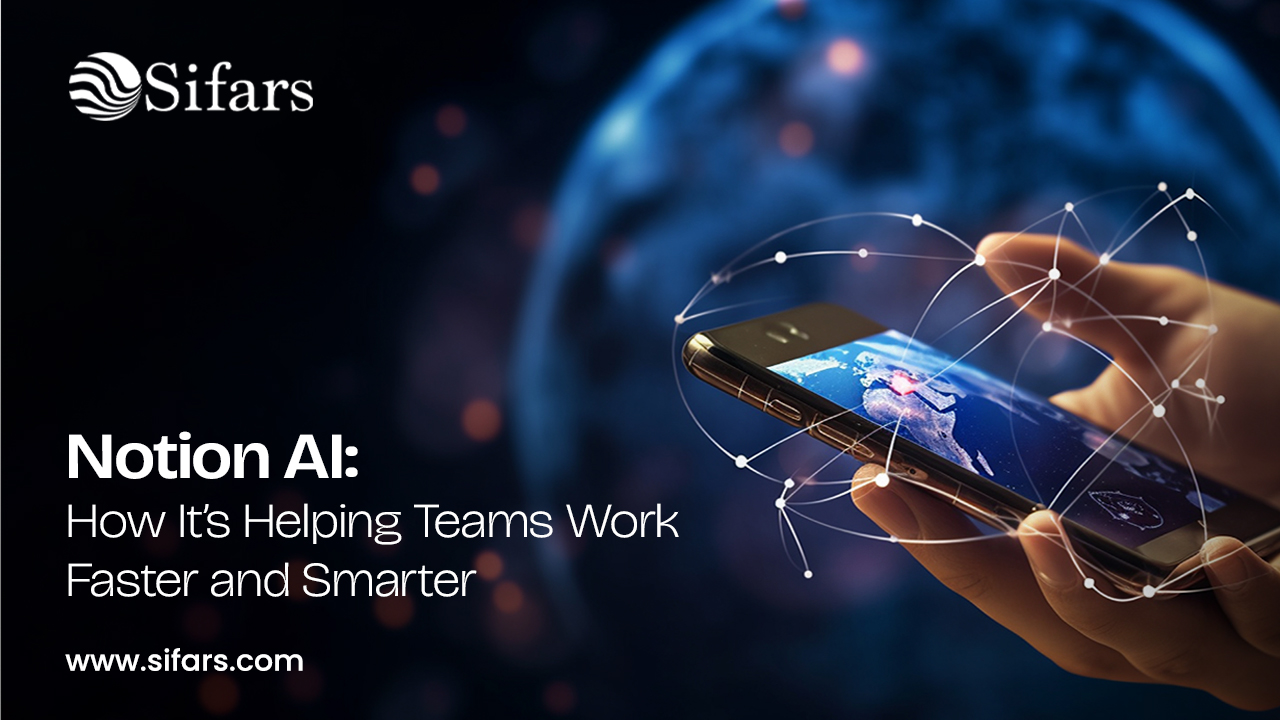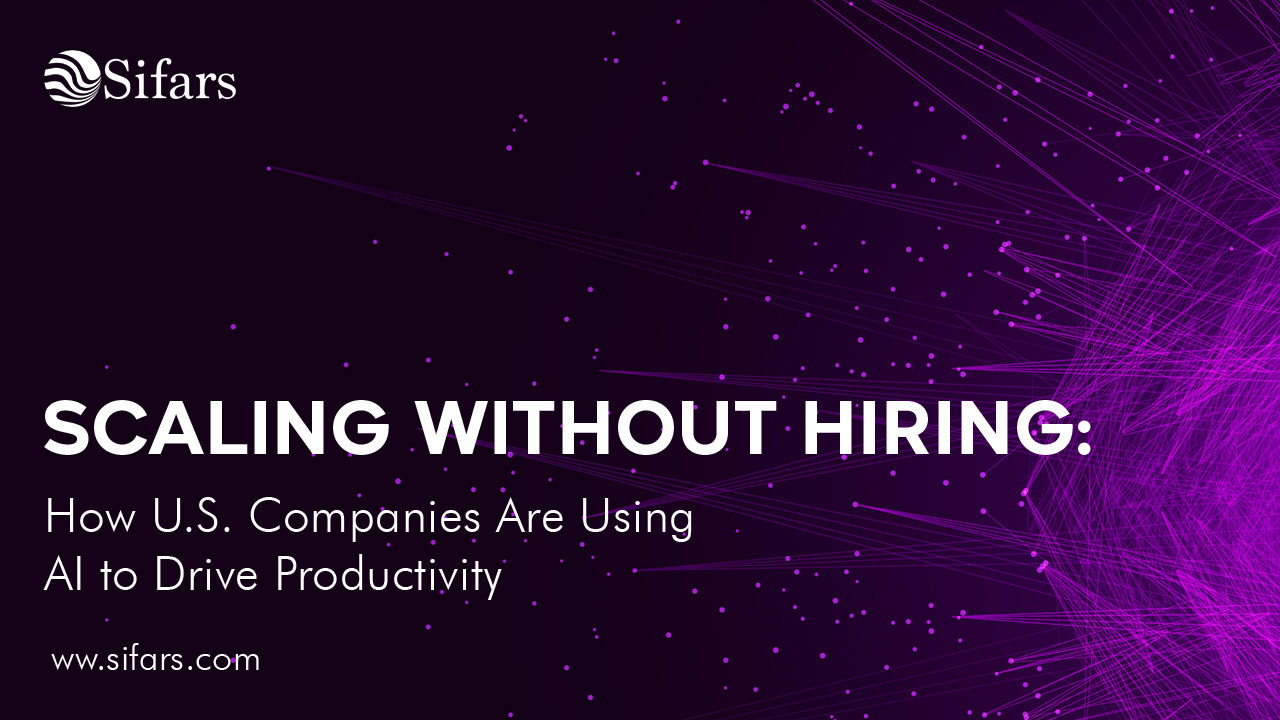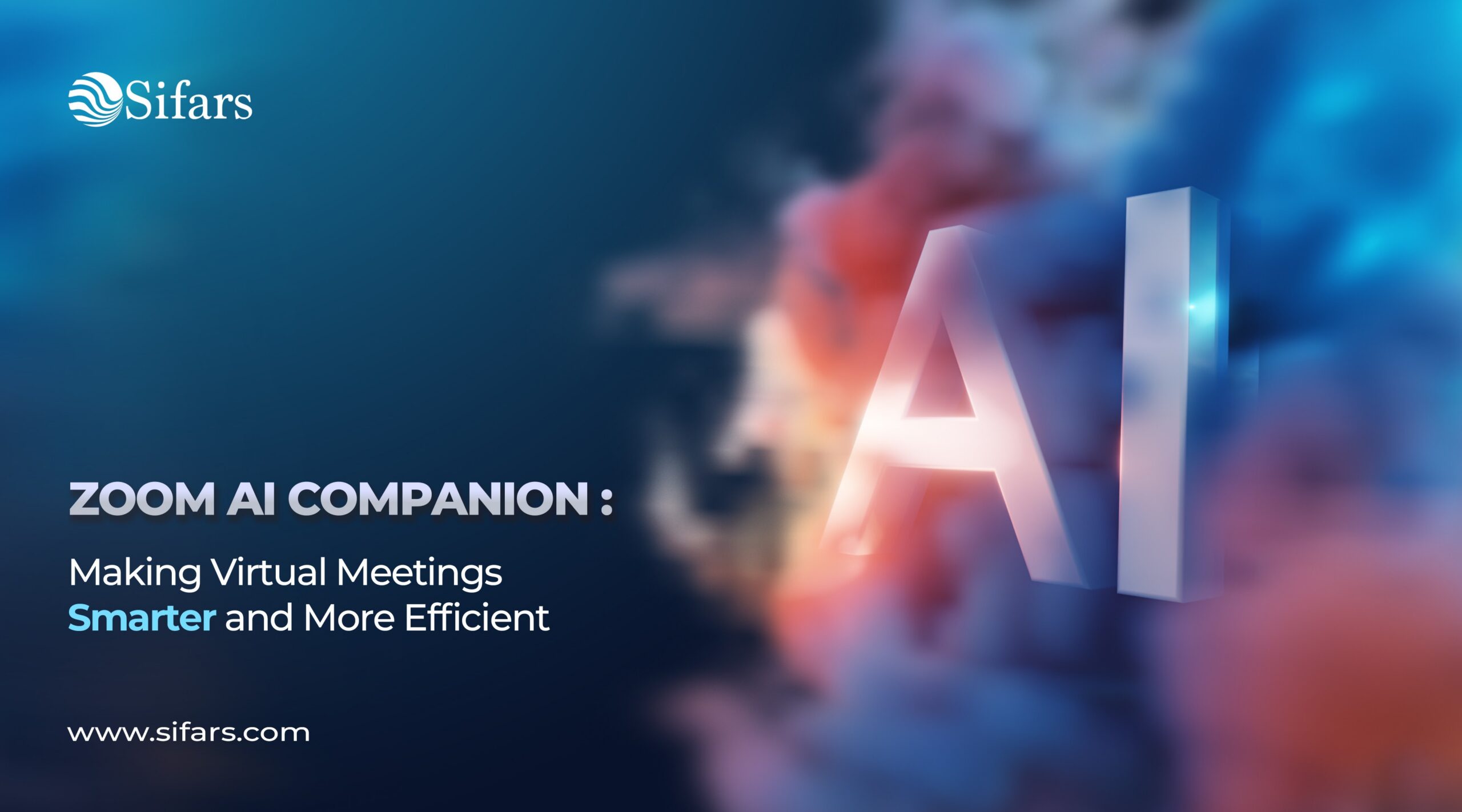In today’s fast-paced business landscape, data is often hailed as the new oil. Companies across every industry are collecting unprecedented volumes of information, from customer interactions and sales figures to operational metrics and market trends. Yet, despite this abundance, many business leaders find themselves grappling with a peculiar paradox: a wealth of data often leads to a poverty of insight. Instead of clarity, there’s chaos; instead of confident decisions, there’s hesitation. This is where the transformative power of AI analytics comes into play.
For too long, businesses have relied on traditional data analysis methods—historical reports, static dashboards, and human intuition—to navigate complex challenges. While these methods have their place, they often fall short in extracting the deeper, predictive, and prescriptive insights hidden within vast datasets. They tell you what happened, but rarely why it happened, or more critically, what will happen next and what you should do about it.
This blog post will delve into how AI for businesses is revolutionizing decision-making. We’ll explore how advanced artificial intelligence services move beyond simple reporting to offer real-time, actionable intelligence. From identifying subtle market shifts to optimizing complex operational processes, we’ll uncover how integrating business automation with AI empowers organizations to turn raw data into a strategic asset. If you’re looking to cut through the noise, understand your customers better, predict future outcomes, and make decisions with unparalleled confidence, then understanding the nuances of AI analytics is your next crucial step. Sifars stands at the forefront of this revolution, providing custom AI solutions designed to help businesses of all sizes unlock their full potential through intelligent data leverage.
The Data Deluge: Drowning in Information, Thirsty for Insight
The sheer volume, velocity, and variety of data generated daily are staggering. Every click, every transaction, every customer service interaction, every sensor reading—it all contributes to an ever-growing ocean of information. For many organizations, this “big data” has become more of a burden than a blessing. Teams spend countless hours manually extracting, cleaning, and preparing data, often missing critical opportunities as they struggle to keep up.
Traditional business intelligence (BI) tools, while useful for reporting past performance, are often retrospective. They provide a rearview mirror perspective, showing trends that have already occurred. In a dynamic market, this isn’t enough. Businesses need to anticipate, adapt, and act proactively. Without the right tools, decision-makers can feel overwhelmed, leading to:
- Analysis Paralysis: Too much data, too little actionable context.
- Missed Opportunities: Inability to spot emerging trends or customer needs quickly.
- Reactive Strategies: Constantly responding to problems rather than preventing them.
- Suboptimal Resource Allocation: Investing in areas that don’t yield the best returns due to a lack of precise insights.
This is precisely where the intelligence woven into AI solutions shines. Unlike conventional analytics, AI-driven approaches can not only process exponentially more data far faster but also identify intricate patterns and relationships that human analysts or simpler software might completely overlook. It’s about transforming raw, undifferentiated data into intelligent, structured, and profoundly meaningful signals that directly inform strategic and operational choices.
Beyond the Dashboard: The Three Levels of AI Analytics
To understand the full potential of AI, it’s helpful to break down analytics into three distinct, interconnected levels. Traditional business intelligence often stops at the first level, but true transformation happens when you move to the next.
- Descriptive Analytics: What Happened? This is the foundation of all data analysis. It involves using data to describe or summarize what has already occurred. Think of standard reports, KPIs, and dashboards that show past sales performance, website traffic, or customer churn rates. While essential for a basic understanding, this level provides little predictive value.
- Predictive Analytics: What Will Happen? This is where machine learning comes into play. Predictive models analyze historical data to identify patterns and predict future outcomes. For a retail business, this might mean forecasting which products will be in highest demand next quarter. For a financial services firm, it could be predicting which loan applicants are most likely to default. Predictive analytics empowers proactive planning, from optimizing inventory to anticipating customer needs.
- Prescriptive Analytics: What Should We Do? This is the most advanced and powerful form of AI analytics. It not only predicts what will happen but also recommends specific actions to take. A prescriptive model might suggest the optimal pricing for a product to maximize profit, or recommend which marketing campaign to launch to convert a specific customer segment. This level of insight enables genuine business automation with AI, where systems can take pre-defined actions based on real-time data to optimize outcomes without human intervention.
A truly intelligent system integrates all three levels, creating a feedback loop where past data informs future predictions, and those predictions lead to automated, optimal actions.
How AI Analytics Delivers Clarity Across Your Business
AI’s impact isn’t limited to a single department; it’s a cross-functional catalyst for change. Here’s how AI solutions provide clarity and confidence across key business functions:
For Sales and Marketing: Understanding Your Customer Like Never Before
- Predicting Customer Churn: AI can analyze customer behavior, purchase history, and support interactions to predict which customers are at risk of leaving. This allows marketing and sales teams to proactively engage and retain them.
- Hyper-Personalized Marketing: By analyzing vast datasets, AI can segment customers into micro-groups and generate personalized content, product recommendations, and offers at scale, leading to higher conversion rates.
- Optimal Lead Scoring: Instead of a generic scoring system, an AI for businesses can identify the characteristics of a high-value lead with far greater accuracy, helping sales teams prioritize their efforts and close deals faster.
For Operations and Supply Chain: Driving Efficiency and Reducing Waste
- Demand Forecasting: AI models can analyze historical sales, market trends, and even external factors like weather to predict future demand with high precision, optimizing inventory levels and preventing stockouts or overstocking.
- Predictive Maintenance: In manufacturing and logistics, sensors can feed data into an AI system that predicts when a piece of machinery is likely to fail, allowing for maintenance before a costly breakdown occurs.
- Route Optimization: For logistics firms, AI can analyze traffic, delivery schedules, and vehicle data to create the most efficient delivery routes, reducing fuel consumption and speeding up delivery times.
For Finance and HR: Smarter Decisions, Safer Operations
- Fraud Detection: AI can monitor financial transactions in real-time and instantly flag anomalies that indicate potential fraud, a task impossible for a human team to manage.
- Risk Assessment: In lending or insurance, AI can analyze a wider range of data points to create a more accurate risk profile of an individual or business, leading to fairer and more confident decisions.
- Talent Analytics: AI can analyze employee data to predict attrition, identify skill gaps, and even recommend internal career paths, helping HR teams build stronger, more resilient workforces.
Implementing AI Analytics: A Practical Guide for Business Leaders
The prospect of adopting artificial intelligence services can feel daunting. But a successful implementation doesn’t require a massive, risky overhaul. A strategic, phased approach is key.
- Identify a Core Problem: Don’t start with “We need AI.” Start with “We have a problem.” Is it high customer churn? Inefficient logistics? Too much manual data entry? The clearest, most painful problem is the best place to start.
- Assess Your Data: AI is only as good as the data it’s trained on. Work with an AI consulting partner to audit your data infrastructure. Do you have the necessary data? Is it clean and accessible?
- Start with a Pilot Project: Choose a small, contained project with a clear, measurable outcome. The “Intake Bot” case study is a perfect example of this—a focused solution to a single problem that delivered a massive return on investment.
- Partner with a Specialized Firm: Building robust AI solutions from scratch is complex and expensive. Partnering with a specialized firm like Sifars gives you access to a team of experts who can build custom, scalable solutions tailored to your unique challenges without the long-term overhead of an in-house team. We don’t just sell a product; we solve your problems.
The Future of Business is Prescriptive
The organizations that will thrive in the coming decade are not just those that collect the most data, but those that can extract the most profound insights from it. The shift from simply understanding the past to actively shaping the future through prescriptive analytics will separate leaders from followers.
For too long, the promise of digital transformation has felt abstract. AI analytics makes it concrete. It provides the tools to move from educated guesses to data-driven confidence, turning chaotic datasets into crystal-clear roadmaps for growth.
From Insight to Impact
In the end, AI analytics is about more than just technology. It’s about empowering business leaders to make smarter decisions, faster. It’s about moving from a reactive to a proactive stance. And most importantly, it’s about transforming your organization by using your most valuable asset—your data—to its fullest potential.
At Sifars, we believe that every business, regardless of size, deserves access to the transformative power of AI. Our mission is to provide custom, problem-focused AI solutions that deliver clear, measurable impact.
Ready to turn your data chaos into business clarity? Let’s start a conversation.
Contact Sifars today to explore how our custom AI solutions can help you make confident business decisions.
